WWDC and Apple announcements for 2022-3
Last week Apple held its Developer Conference (WWDC) which included a keynote presentation announcing new products for the year. Here are a few of the highlights:
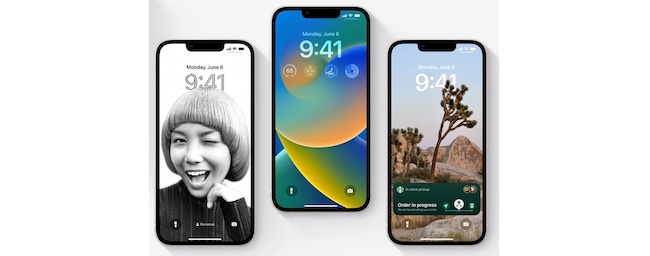
For the iPhone, iOS 16 will see a new Lock Screen design with fresh styles and colours. You’ll be able to customise the screen design with different images, fonts and colours:
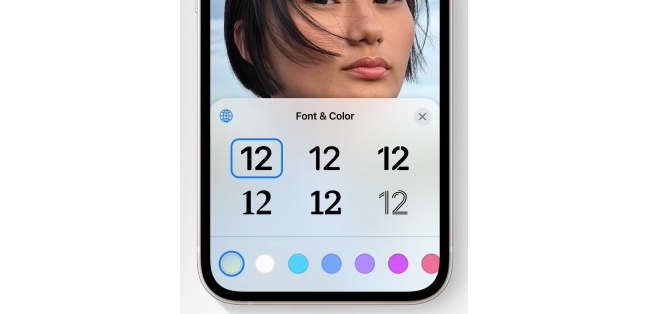
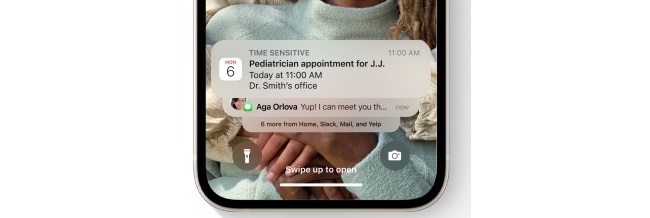

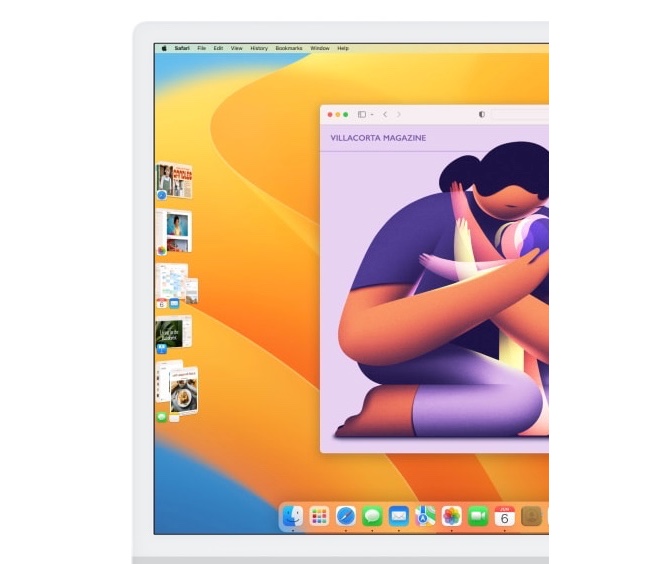

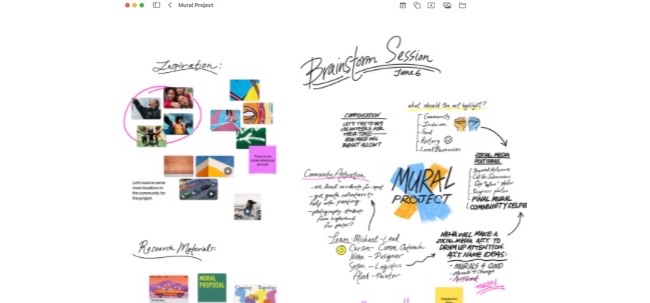


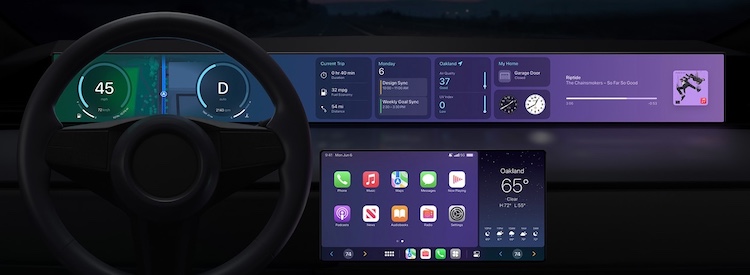
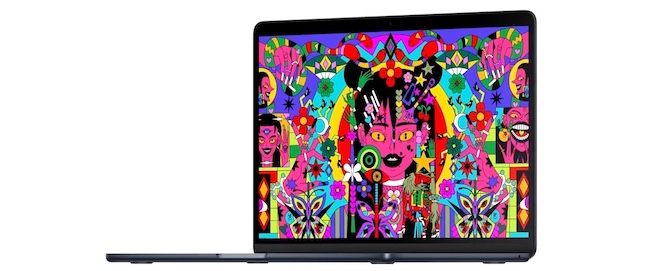
Hands-on with Apple CarPlay
This week I have had the opportunity to try CarPlay, Apple's version of iOS for your car. It was remarkably easy to setup and use, and a major improvement to any in-car entertainment system. I was driving a 2018 Ford car (in Ireland) which comes with CarPlay compatibility.
Bear in mind that not all cars are CarPlay ready- my Ford was a 2018 model and came with a built-in touchscreen. This is not always standard in Ford cars- you may need to have a special add-on pack added to a new car to be able to use CarPlay. But all Fords with the touchscreen technology do include CarPlay as standard:
Setup:
Plugging an iPhone into the USB port on the central console brings up the following two screens on the 8" touchscreen:
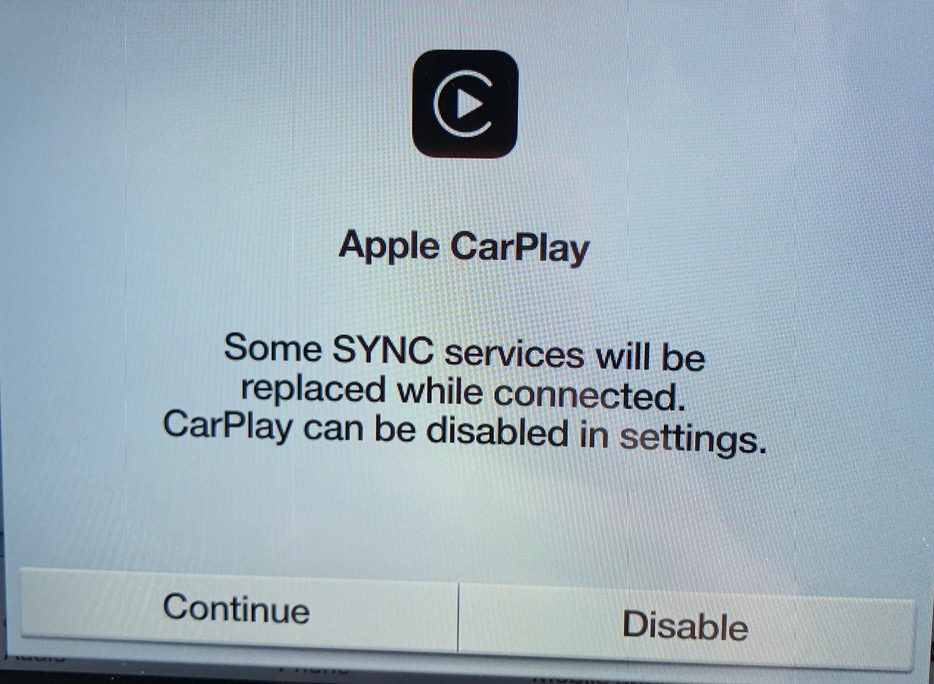
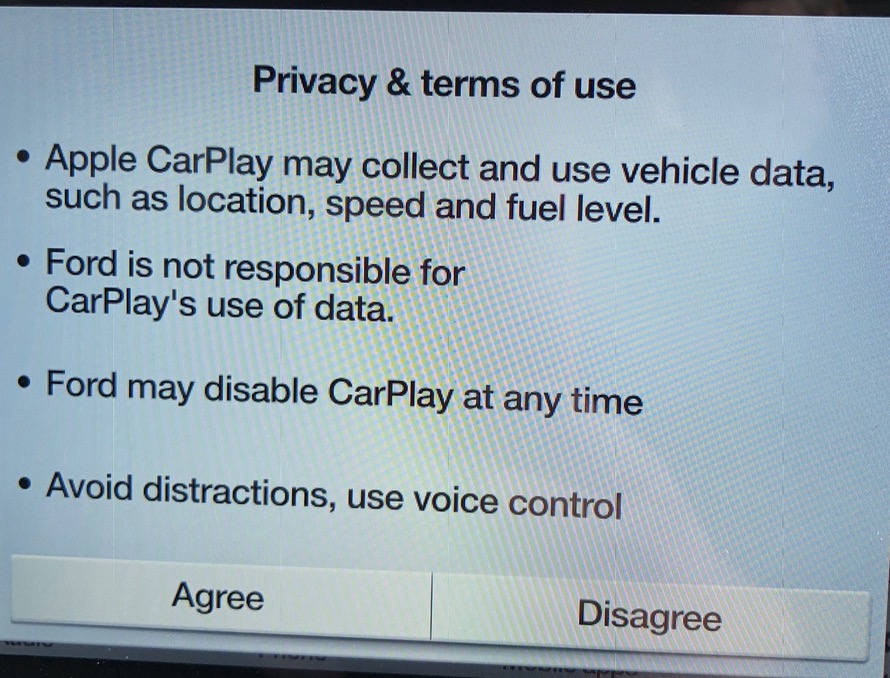
Having chosen to continue, and agreeing to the conditions, you will see this on your screen:
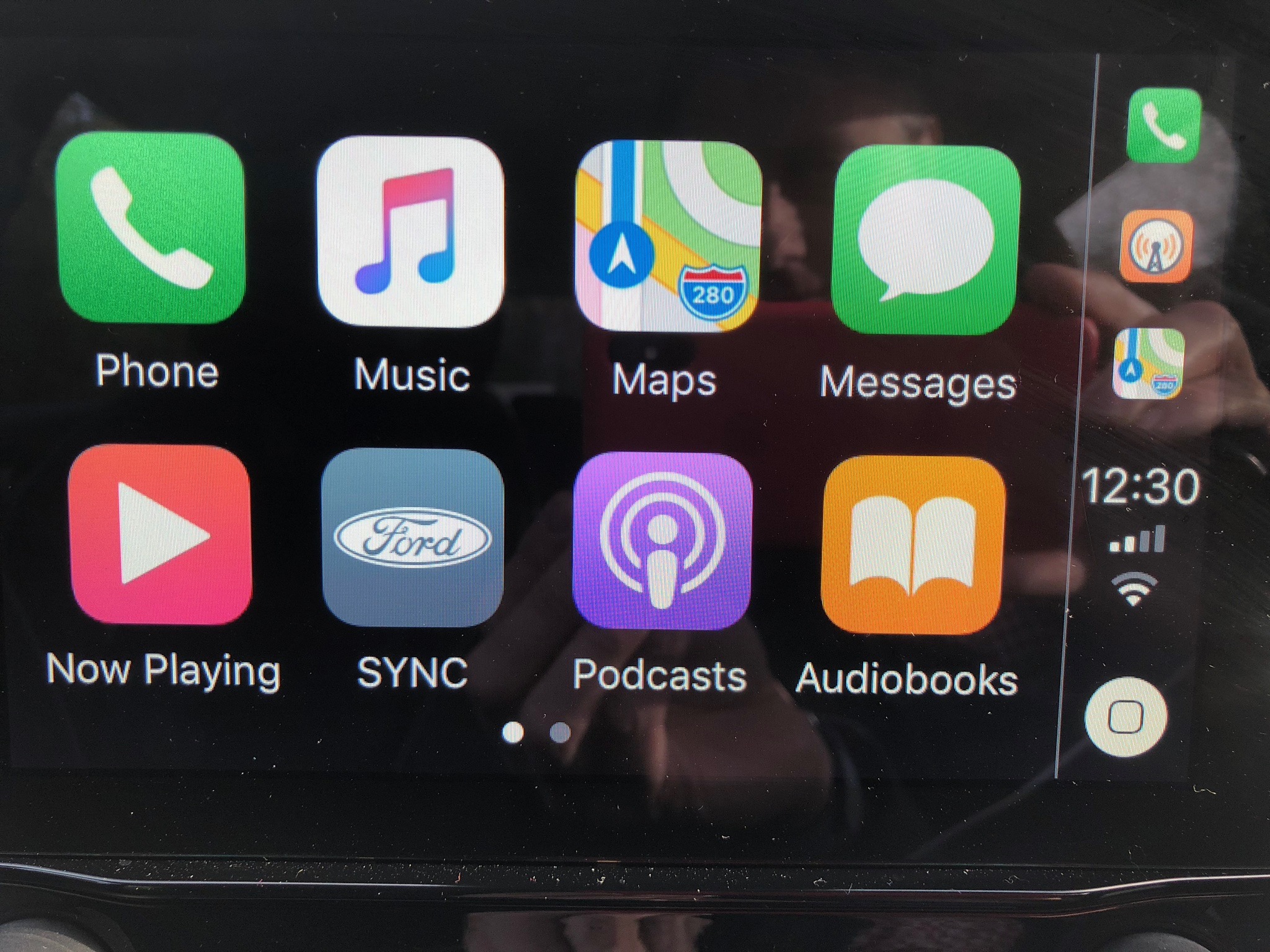
The iPhone will ask you if you wish to accept the link (this question appears automatically) and then the CarPlay Home screen appears on the car touchscreen. In the future, plugging in the phone to the USB port always takes you to this Home screen.
Immediately, the experience is both reassuring and familiar- the touchscreen behaves like an iPhone or iPad; touching an app to open. It is simple and clear to use, with big buttons and large text. The Music app has all of your iPhone music, plus works great with an Apple Music subscription:
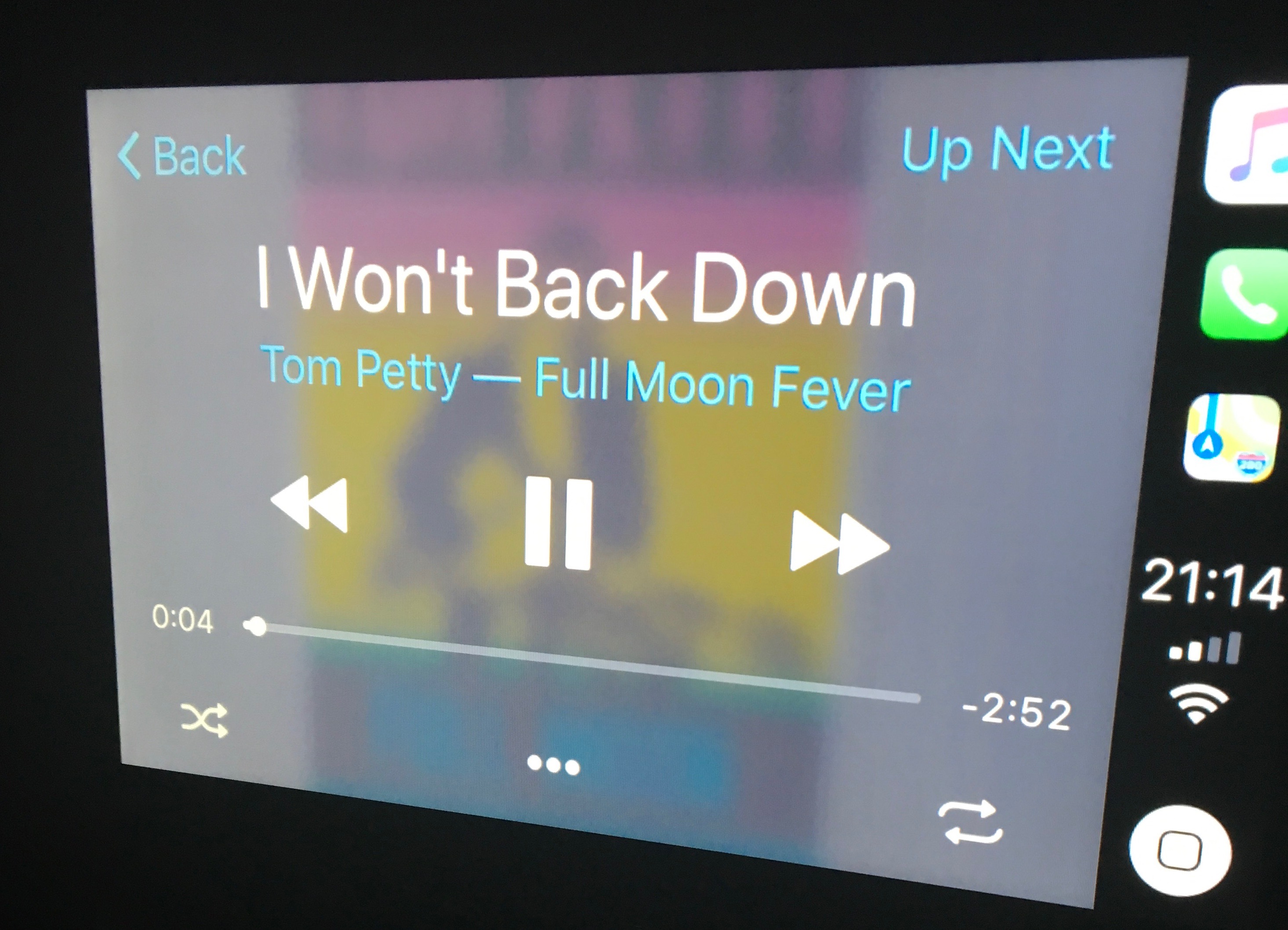
The emphasis is on big clear text and buttons. It was easy to tap when driving, to end a route map or to skip a song. The Ford screen is big, bright and easy to read. Here is an example of the Apple Maps app:
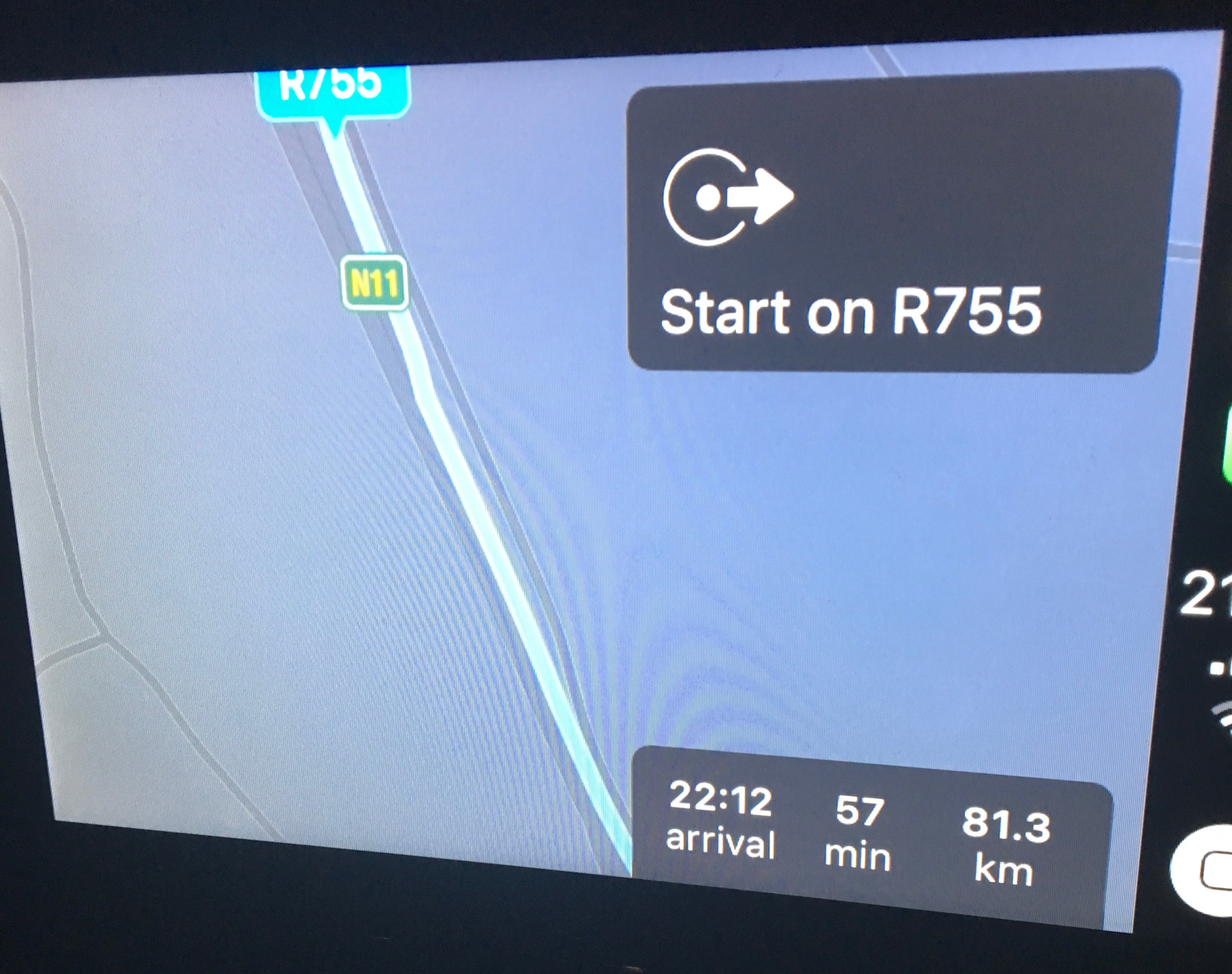
Given its position in the car, this is far better than using your phone on the passenger seat, or using a phone holder attached to your air vent!
The Phone app is also clear and easy to use:
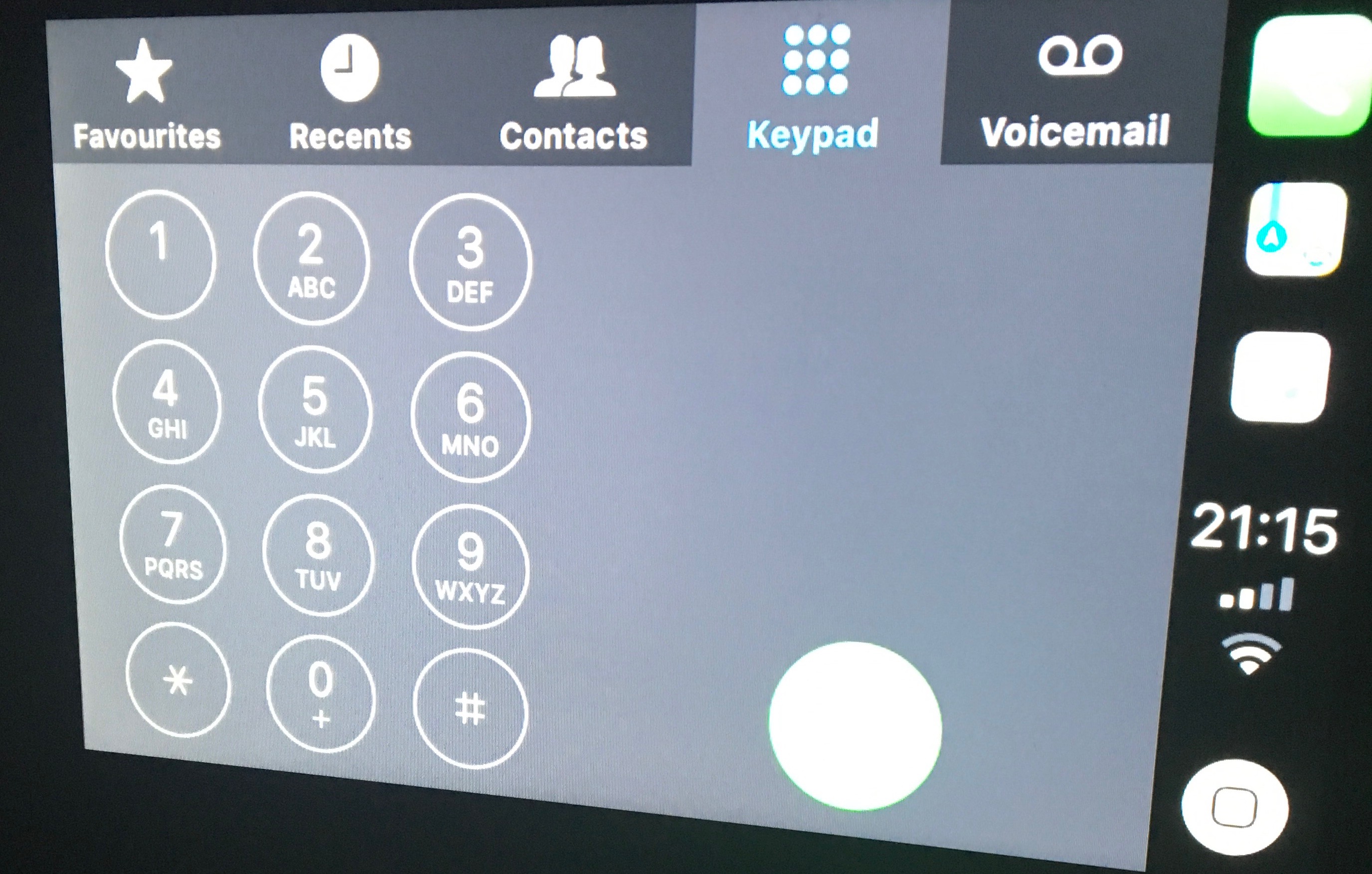
I found that using CarPlay was easy- there was almost no learning involved as the icons match the iOS experience. My seven-year-old immediately took to it when she sat into the car- she tapped and scrolled with ease, rarely stopping to consider how to use the system.
By comparison, the built-in Ford Sync menus are very ugly:
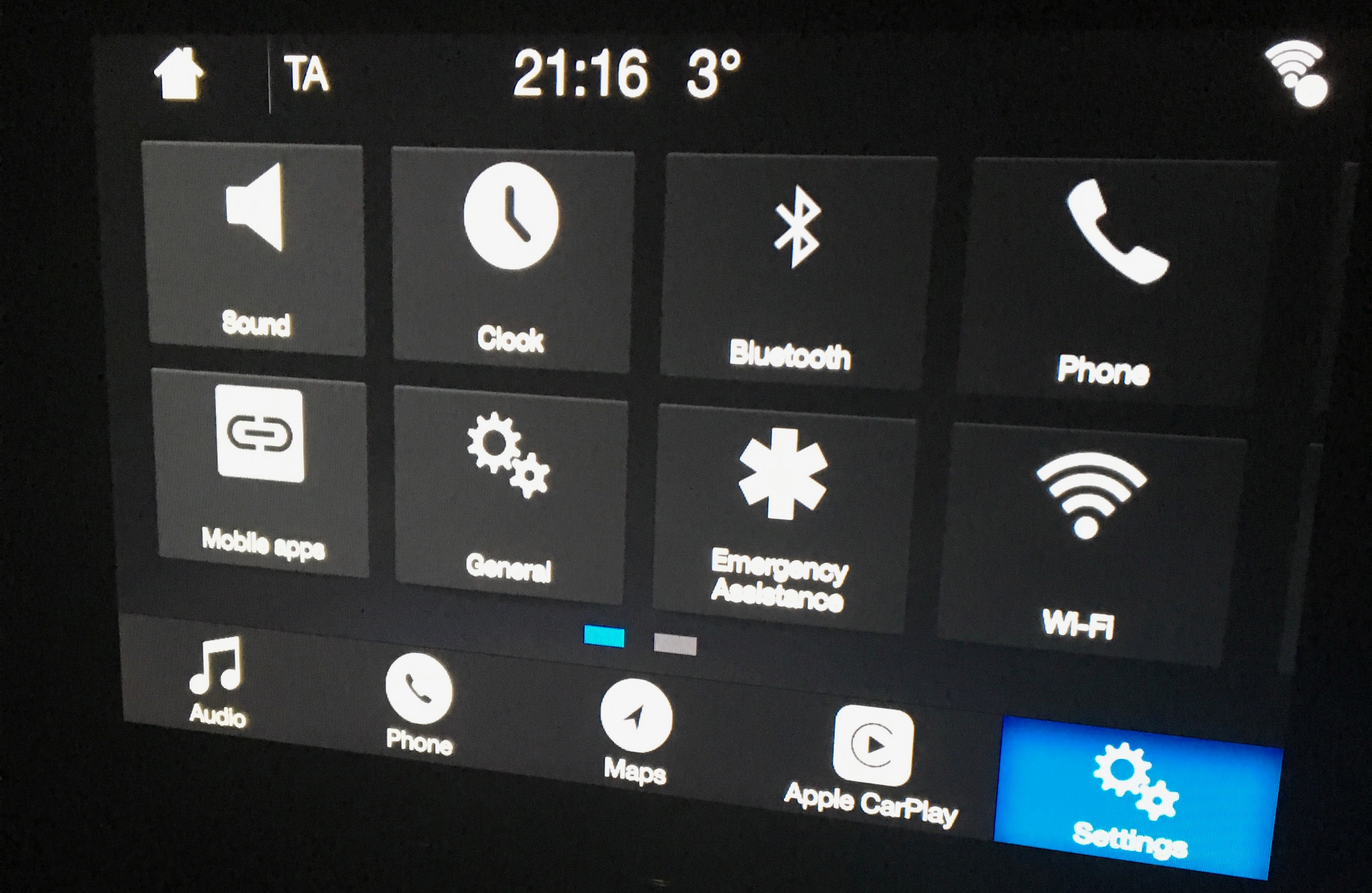
This is what you see when you exit out of CarPlay- a typical car manufacturer's UI. For me the contrast was remarkable. I have been using the older Ford Sync menus in my 2013 Ford for the last few years and the contrast is a leap from analogue to digital. This system just works; it is friendly, familiar and easy to navigate.
However the relationship with the car is transformed, and I can see why car manufacturers would be uneasy. The driver's connection with the car moves in Apple's direction- this feels like an Apple experience, not a Ford experience. It is still a Ford Car, but your relationship with the Ford brand is pushed aside. When you get into the car you plug your iPhone in and you touch the Apple iOS-driven screen. Apple is riding on top of Ford technology- this is a remarkable leap for the driver and one that I love. But Ford have surrendered their ground to a third-party invader and that is both welcome and curious.
Event Update: iPhone 8, iPhone X, Watch 3 & Apple TV
Apple held an event this evening to launch a number of new products. Here is a quick update on what was announced:
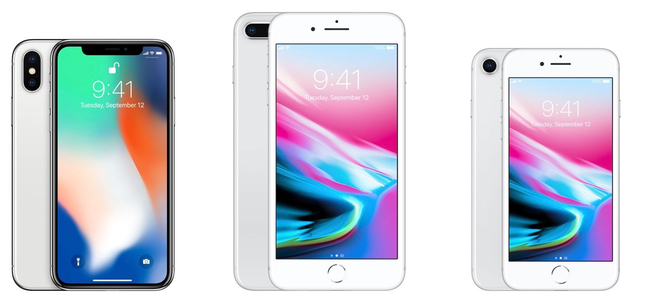
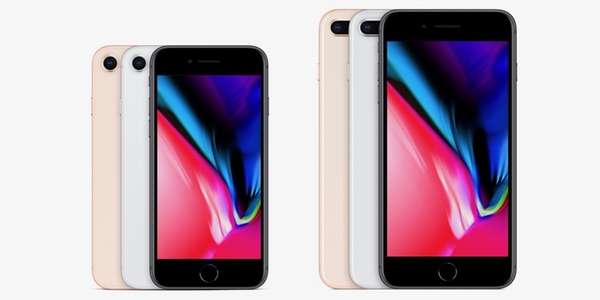
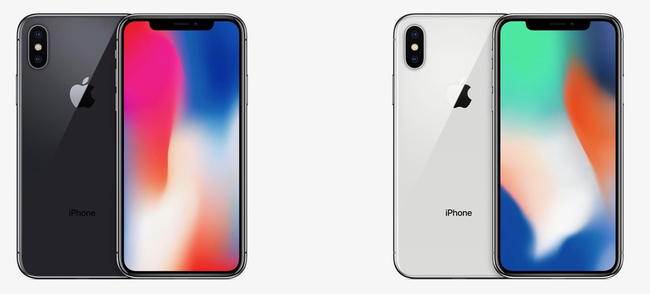
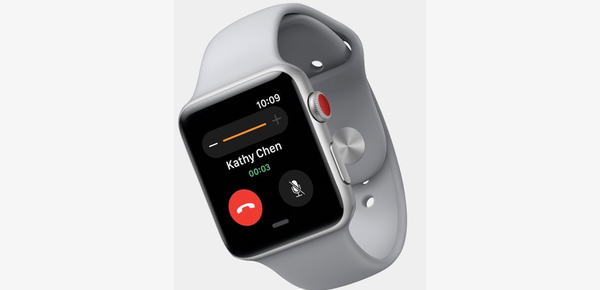
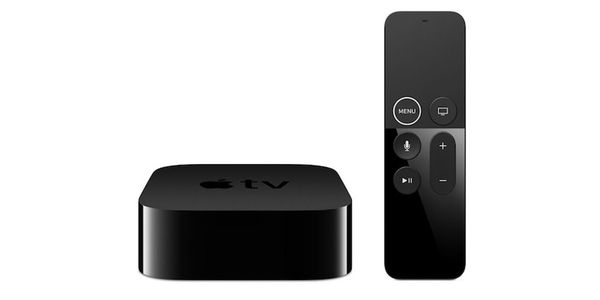
Apple Event- What Happened Last Week...
The Apple press event last week brought in new products, a new version of iOS and watchOS, plus some interesting headphone news...

READ MORE ->
Here Comes the Autumn... What's Next for Apple?
As the Autumn approaches (sorry, "Fall") Apple will be readying a number of changes to their product lineup. Here is what I expect to see and what I hope to see...
Expectations:
The new iPhone will arrive in September and will come with a few usual changes. Thinner design, new Ax chip inside which will be faster than the 6S, better graphics, improved camera. There has been a bit of talk about a new dual lens camera, and this certainly fits into the usual iterative updates. One question- will Apple continue to update the iPhone SE separately to the main iPhone lines? Looks likely this year as the SE is too new for a refresh in September.
The big question is the headphone socket and whether Apple will go for a lightening connection for wired EarBuds or opt for some sort of wireless option? My own view here is that this will come down to usability. Not only does the ease of connection matter, in other words how the Bluetooth or other wireless technology works, but also the battery life of any wireless EarBuds. I suspect we will see lightening EarBuds shipping as the standard and possibly new wireless versions as an optional extra. But let's hope that if Apple do go for wirelessly versions, they have got something better than the current Bluetooth technology, which is at best fiddly and normally frustrating to use.
It is possible that we will see changes to the iPad, especially as we approach Christmas. The iPad would be a good seller during the holidays and the iPad Pro (12" model) could see changes so it has the newer TrueTone display. The smaller 9" iPad Pro is less likely to change as it is less than a year old. It is also possible that Apple will leave the iPad out, given that the Pro has been changed in the last 12 months, and make any changes in the new year.
We will definitely see three updated operating systems- the new macOS Sierra to replace OS X El Capitan, the next version of the iPhone, iPad and iPod touch operating system, iOS 10 and watchOS 3.0. This was set out in June at WWDC and it is likely to ship (for free) in October.
It also seems to be time for new Apple Watch models. Apple launched the first Watch almost 18 months ago. As we approach the Christmas buying season it seems logical that there will be new Watch models; I have always maintained that the Watch is the new iPod, for music and fitness. Maybe it is also time to streamline the range from three to two families of Watch?
READ MORE ->
Apple's March Press Event: The Highlights
Today Apple held a press event which saw the release of a new iPhone, iPad and more. Here is a summary of the details:
- Tim Cook started by talking about Apple's 40th birthday on April 1st, and discussed the ongoing security case in the US
- Lisa Jackson talked about Apple and the environment, and their ambition to use 100% renewable energy. To date 93% of worldwide facilities run on renewables and 100% in the US (people may question the purpose of this presentation but this is a big aspect of the Apple brand)
- Jeff Williams presented update on HealthKit, used in the iPhone, iPod and Apple Watch. He showed how medical research can be improved by HealthKit due to the large number of participants. He also announced CareKit, which helps to monitor patients, especially those recovering from treatments/operations
- Tim Cook reported that Apple Watch is the top selling smartwatch, and introduced new woven bands, plus new sports bands. There are also new black Milanese Loop and new leather bands
- The price of the Apple Watch also dropped to $299
- On Apple TV, from today you will be able to organise apps into folders, enter text through dictation and view Live Photos
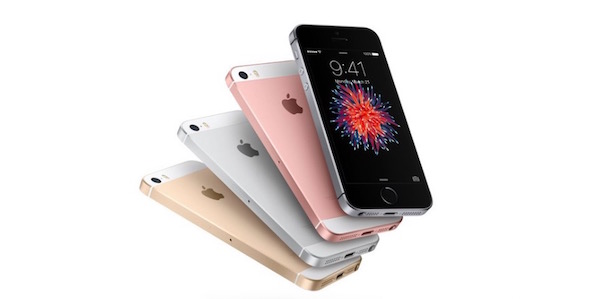
- Greg Joswiak introduced the new low end 4" iPhone- the iPhone SE. It comes with the A9 chip, 12MP camera, ApplePay, better battery life, Live Photos. It is twice as fast as the 5s.
READ MORE ->
Update on Apple Press Event- iOS 9 & OS X El Capitan
Apart from new devices, Apple also announced the dates for the release of their two main operating systems-

READ MORE ->
The Future of iBooks
As a children's book author, I have been considering Apple's future options for iBooks and whether they would venture into the world of Windows or Android. After all, iTunes runs on Windows PC and Apple Music will be available on Android this Autumn, so why not iBooks on other non-Apple platforms?

But when I look closer at Apple's use of iBooks, I don't see this happening. Books is an interesting side-show for Apple and it fits nicely into content-consumption on the iPad and iPhone but it's not a core business. The iBooks Store arrived with the iPad, as Apple touted the virtues of books on the iPad for consumers and in education. But it is not central to Apple's business and so does not receive the attention that say the iTunes and Apple Music stores receive.
Anyone who has interacted with the iBooks team will also know that the number of people behind iBooks is relatively small. The changes in the iBooks Store over the years have been gradual but not revolutionary.
Instead, Apple see the iBooks app as an important piece inside iOS and OS X. The benefits of the iBooks app come as part of the operating system and the user experience on an iPad, iPhone or (recently) Mac, and launching a parallel experience for Windows and Android is not something Apple will do. iBooks is key to iOS/OS X, which in turn is part of the user experience on an Apple device. The message is- if you want to experience the iBooks app, buy an iPad, iPhone or Mac!
Adding iBooks to the Mac was a nice extra but it is a different experience to using it on an iPad and iPhone. iBooks is most at home on iOS and especially on the iPad, then possibly on an iPhone 6 Plus, with other platforms such as the Mac coming at the end. Putting it onto Windows or Android is a further step away from Apple's central aim here.
In the end, while I would like to see iBooks extended out beyond iOS and OS X, I can't see it happening. With my author hat on, it would be great to reach new audiences. But as a long-time Apple observer, it goes against Apple's aims for iBooks, which is to draw more people to buy the iPad and other hardware devices.
[Note- at time of publication, the iBooks Author page still has not been updated to show that iBooks Author books can be read on an iPhone: https://www.apple.com/ibooks-author/]